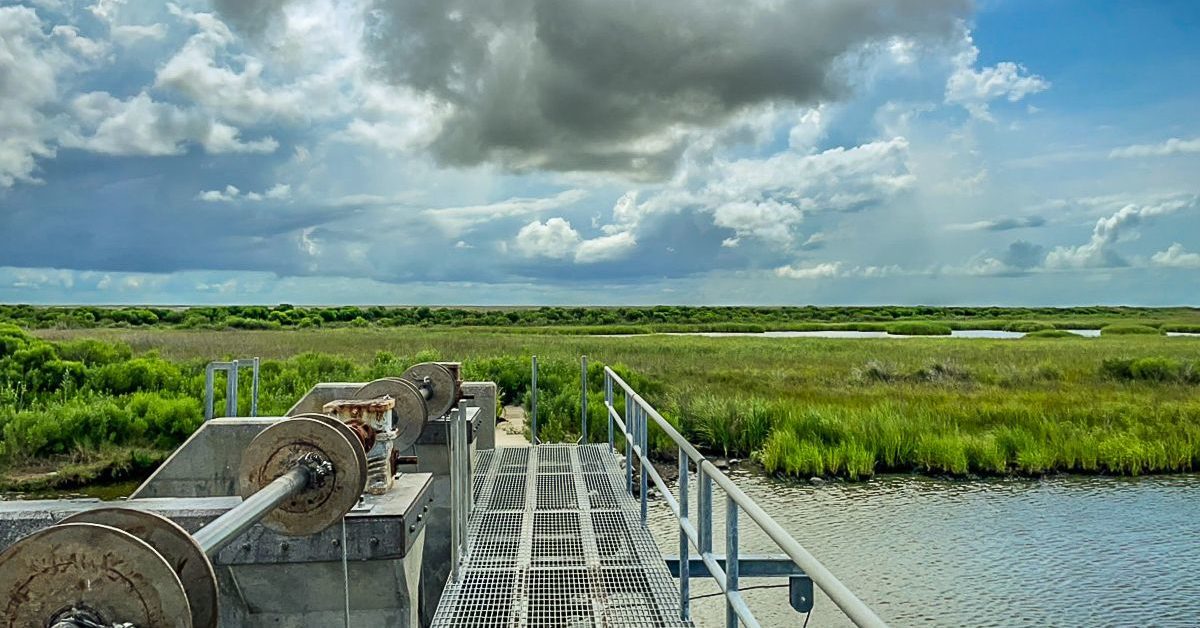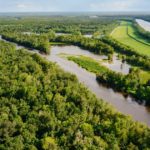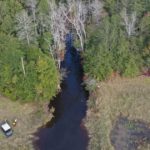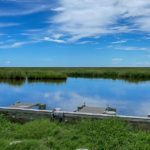Construction on wetlands can be tough, not only because of the landscape but also because of the legal process. In this article, we’ll explain how wetland areas are surveyed before construction is even considered and what processes and permits you’ll need to start the building process. First, we’ll explain what a wetland is.
Wetlands are areas of land that are either covered in water or have water close to the surface of the soil. There are two different types of wetland areas:
- Coastal or tidal wetlands are found on coastlines and the extent of their wetness depends on the tide.
- Inland or non-tidal wetlands are usually found on floodplains along rivers or near lakes.
All wetlands are self-contained ecosystems and are home to a massive amount of plant and animal life, including endangered species. Migratory birds often live in these areas, including ducks and geese, and wetlands even help filter our natural water resources.
Wetlands are essential to the health of our environment, not only for humans but for multiple species of plants and animals as well. Because of the impact that wetlands have on the earth, there are lots of laws in place protecting these areas, which can make building on these lands a tricky business.
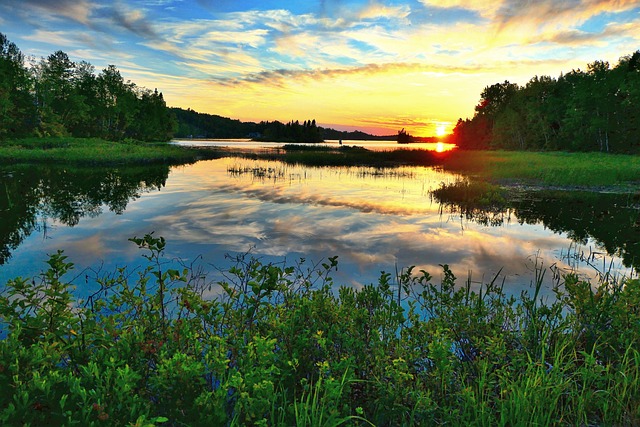
via Pixabay
What Laws Protect Wetlands?
The Clean Water Act of 1972 protects all US waters, including wetland areas. Section 404 of the act specifically targets wetlands, enforcing restrictions around all dredging and filling activity.
Materials that are used to dredge and fill wetlands can release substances that contribute to water pollution, so it’s important that these materials are monitored through a permit system.
The process of getting a permit also helps determine whether an area is safe for building, taking into consideration the wetness of the land, its borders, and the impact that building would have on surrounding areas. If you’re a landowner or developer and you’re interested in a construction project on a wetland area, you’ll have to get legal permission to give your project a green light.
Amendments to the Clean Water Act in 1977 allowed certain farming, forestry, and ranching activity to be done without permits. The need for permits for some draining activities was also removed, but any requests for filling activities still have to go through the permit process.
There’s been some debate about whether or not section 404 has had a positive effect, with a lot of landowners feeling these laws are intrusive and arguing that their right to make decisions regarding their private land has been restricted.
There are also some concerns that section 404 has cracked down on dredging and filling materials, but it doesn’t regulate activities that cause flooding, draining, or other damages to the functionality of wetland areas.
A lot of people believe that laws regarding construction on wetlands should be reconsidered now that climate change and rising sea levels are becoming more of an issue. Climate change makes wetlands wetter, which then makes them more dangerous to build and live on. Some who live on coastal wetlands at the moment are seeing water maintenance become more of an issue.
Getting a permit can be time-consuming, but it’s a mandatory part of the building process. It makes sure that the wetland area you want to build on is safe and that construction won’t have a negative impact on the environmental or ecological influences in the area. Before you start, it’s important to consider that building on wetlands will have a significant impact on the value of your property.
Who Enforces Wetland Regulations?
The federal government creates the laws—like section 404 of the Clean Water Act—and the US Army Corps of Engineers (USACE) enforces them.
Since the River and Harbor Act of 1899, the USACE has held jurisdiction over any dredging or filling activity done in the US. The Environmental Protection Agency (EPA) and other federal agencies including conservation, environmental, and marine agencies also have jurisdictional influence over section 404.
The US Fish and Wildlife Service (FWS), the National Oceanic and Atmospheric Administration (NOAA), and the National Resources Conservation Service (NRCS) are a few more of the organizations involved in the upkeep and regulation of wetland areas.
Since 1993, 29 states have enacted some type of wetland law, which proves that the safety and protection of wetland areas are extremely important—although most states seem to be more concerned with the regulation of coastal wetlands over inland wetlands.
If you want to start construction on a wetland area, your first step is to contact an environmental consulting firm for advice, especially one who’s familiar with the 1987 Corps of Engineers Wetland Delineation Manual. This manual is considered the authority on the delineation and permit process.
Local authorities also have some influence on the enforcement and regulation of laws protecting wetlands, so make sure to check your local wetland laws as part of the application process.
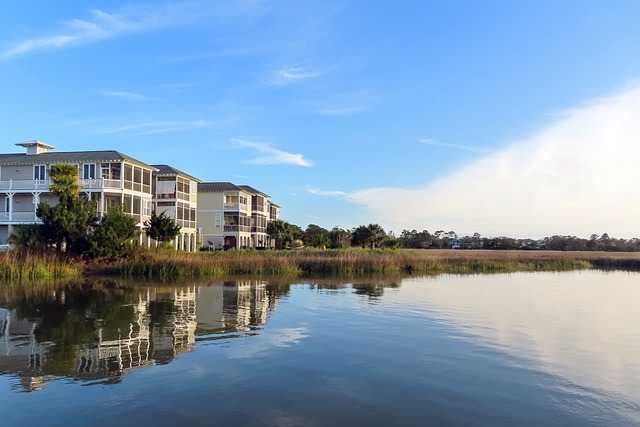
via Pixabay
When is a Wetland Jurisdictional?
Jurisdictional delineations (wetland delineations) are used to decide if a particular wetland should be regulated by the USACE. Wetland delineations can identify the area as having any of the following:
- No wetlands found— no wetlands exist on the land in question.
- Regulated wetlands—wetlands on the property are located within the jurisdiction of the USACE.
- Isolated wetlands—wetlands are on the property but are outside the borders of USACE jurisdiction.
An isolated wetland is any area whose waters do not have surface connections to other waters, like lagoons, sinkholes, or pasture ponds. Farmlands that are kept wet for crop growth are also exempt from jurisdiction.
Jurisdictional wetlands are those considered regulated wetlands. Any regulated wetlands found on your property will be subject to section 404 of the Clean Water Act and laws will be enforced by the USACE.
Wetland delineations are usually done by consulting firms who can mark out the borders of your wetland and figure out which areas are best for development.
If you don’t agree with the decision made by the wetland delineation process or if you’re denied a permit, you can appeal the verdict given by the EPA or USACE by taking it to court. If the wetland on your property is found not to be jurisdictional, you can continue your project without the need for a permit.
When Do You Need a Wetland Delineation Permit?
You’ll have to have a permit if you want to build on or develop any regulated wetland, and you have to be approved for that permit before starting to build.
Permits are approved once the delineation process is done. The USACE evaluates over 85,000 permit applications per year, and out of those, around 95% are approved.
Depending on where you live, you might have to get additional approval from local agencies—on top of the basic USACE approval—before you start building on wetland areas. This is primarily done through environmental consulting agencies, who generate reports for these agencies.
In your permit application, you should choose one of the following methods to mention, depending on your construction plans:
- Avoidance—completely avoid wetlands and their surrounding areas in order to ensure that no wetland area is harmed. Most projects using this method can be done without permits.
- Minimization—constructing on or near a wetland but minimizing the impact you make on it during the development process. You’ll need a permit for this, but you can avoid some of the more strict permit processes because the wetland areas are not being severely impacted.
- Mitigation—by proposing a wetland mitigation plan in your permit application, you could increase your chances of getting your permit approved. You’re saying that you will build new wetlands somewhere else that are either equal to or greater than the land you want to build on now.
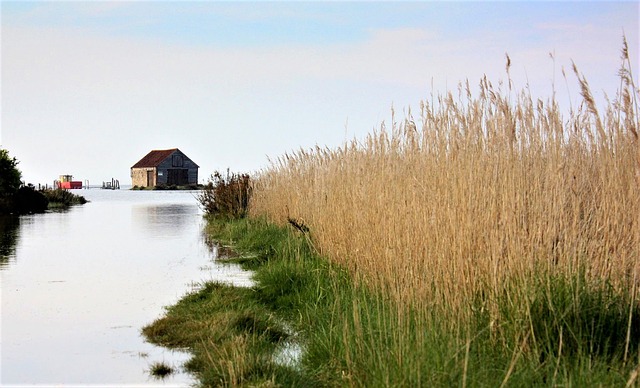
via Pixabay
Wetland mitigation makes sure that the function and condition of the wetlands are not severely jeopardized, but the process can be tricky and expensive. You have a few different options for mitigation to choose from:
- Creation: building man-made wetlands to make up for the loss of the original area.
- Restoration: the restoration of the area so its historical and environmental impact isn’t threatened.
- Enhancement: improving the functionality and condition of the wetland, usually done by filling or raising certain areas.
Because the permit process can be stressful and time-consuming, not to mention the risks that come with owning property in wetland areas, you should do as much research as possible to make sure that going through this will be worth your time.
Permits usually last five years and if new information about the land is learned during this time, the permit may have to be either updated or reapproved. If you know your permit is going to expire soon but you haven’t completed your project, you can apply for an extension with the USACE.
If the permit expires, you’ll have to start the delineation process all over again and you’ll have to get a new permit.
There are always risks that come with the building process. Even if your permit is approved, construction companies may not be comfortable building on wetlands. Wetlands are often hard to build on because the equipment isn’t as secure, property foundations are harder to stabilize, and it’s harder for people to operate on the soaking-wet ground.
Final Thoughts
Because of their environmental and ecological value, the protection of wetlands is vital for our environment. There are lots of measures in place to make sure that wetlands continue to thrive, but it’s still important to consider the impact that your construction project will have on these significant areas.
The Fenstermaker’s environmental service page can help you weigh the pros and cons of building on wetlands from an environmental perspective.
